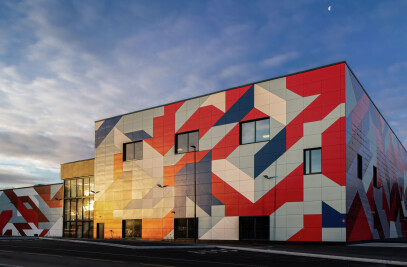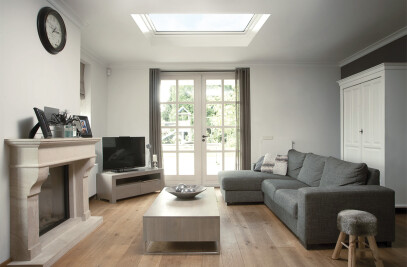Daylight is emerging as a fundamental component in contemporary architecture, where sustainability and occupant well-being increasingly inform design decisions. It is not merely a byproduct of openings or orientation, but a driver of spatial quality and environmental performance.
VELUX’s Leading with Daylight campaign highlights the importance of integrating daylight considerations early in the design process—supported by tools like the VELUX Daylight Visualizer, a free and validated simulation software. Compatible with widely used CAD and BIM software, the tool allows architects to evaluate daylight performance before construction begins, enabling more intentional, comfort-driven outcomes for any building typology.

Daylight impacts more than visual aesthetics. It plays a direct role in health, energy efficiency, and spatial atmosphere. Yet despite its significance, daylight is often treated as a secondary concern—addressed late in the process to meet code or visual goals, rather than used to shape core design decisions. This delayed attention can compromise both indoor environmental quality and building performance.
Using the VELUX Daylight Visualizer to shape outcomes
The VELUX Daylight Visualizer shifts that dynamic. With accurate climate-based daylight calculations and visual simulations, the tool enables architects to evaluate how light will interact with interior spaces under real-world conditions. By modeling daylight during early design phases, it becomes possible to assess building geometry, roof window placement, material reflectance, and other key variables well before construction documents are finalized.
A compelling example is found in the House by the Garden of Venus project, featured in the Velux campaign. This project integrated daylight as a foundational concept. Using the Daylight Visualizer, the project team explored various configurations of roof windows and openings—evaluating their impact on interior daylight levels, distribution, and spatial rhythm. The resulting design balances aesthetics with performance, creating interiors that remain naturally lit and serene throughout the day and across seasons.
Early daylight analysis supports better environmental outcomes, enhances comfort, contributes to mental well-being, and reduces reliance on artificial lighting—benefits that grow more valuable as performance standards become stricter. Visualizer outputs, including quantitative metrics and rendered simulations, help teams make informed design decisions and communicate ideas clearly to clients and collaborators.
Democratizing access to daylight-informed design
Importantly, the VELUX Daylight Visualizer is designed to be both professional-grade and accessible. It does not require advanced expertise in lighting simulation, making it ideal for use in early concept development where design flexibility is high. And because it is available at no cost, even smaller firms and academic users can adopt robust daylighting practices without financial barriers.
As regulations and expectations around indoor environmental quality increase, tools like the Daylight Visualizer become essential. Daylight autonomy, visual comfort, and spatial liveliness are best addressed when the architectural vision is still evolving—not retrofitted later.
The message of Leading with Daylight is clear: embedding daylight early leads to better performance and higher quality. The VELUX Daylight Visualizer empowers architects to do just that—putting daylight at the heart of architectural design.
To learn more about the campaign and how daylight is reshaping design strategies, visit VELUX's Leading with Daylight page.
To access the Daylight Visualizer and begin optimizing daylight in your own projects, visit VELUX's Daylight Visualizer page.


































